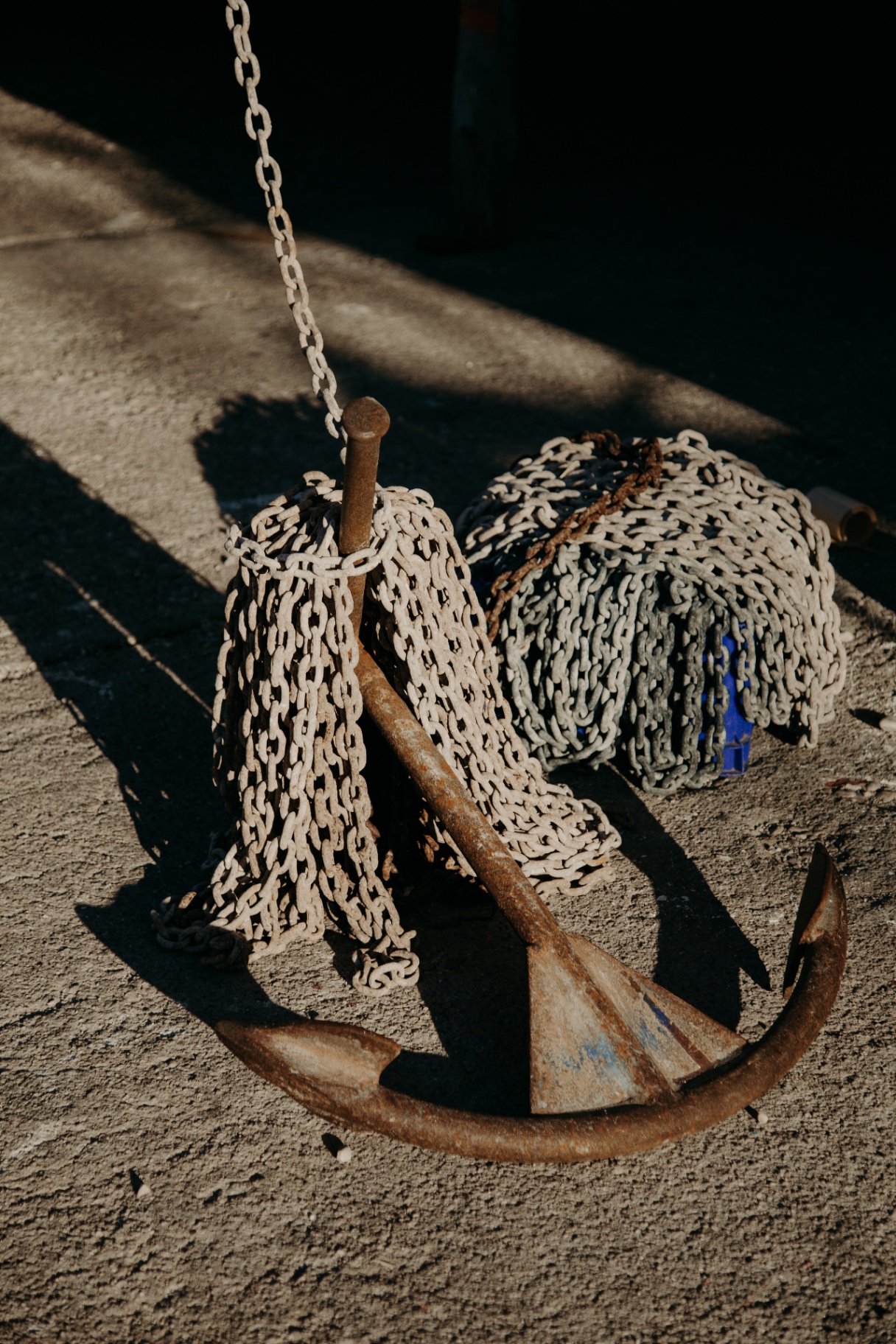Rising Above the “Parent-Child” Dynamic: Embracing the Anchor-Flyer Approach in Relationships

Relationships are a beautiful tapestry of emotions, experiences, and dynamics. One common dynamic that couples therapists often encounter is the so-called “parent-child” dynamic. While this term can sometimes be used negatively to describe a relationship where one partner assumes a dominant, caretaking role and the other becomes more passive or dependent, it’s essential to delve deeper into the nuances of these roles and how they evolve.
The Evolution of the “Parent-Child” Dynamic
Relationship dynamics don’t form in a vacuum. They result from past experiences, individual personalities, and coping mechanisms. The “parent-child” dynamic can sometimes arise from:
Cultural or familial conditioning: If one partner has grown up in an environment where they were always expected to be the responsible one, they might naturally take on a more dominant role in the relationship.
Personal experiences: Past relationships, traumas, or personal life events can push someone into being more nurturing or protective, inadvertently taking on the ‘parent’ role.
Comfort and coping: Sometimes, it’s just easier for one partner to hand over the reins and let the other take charge, leading to an imbalance.
While the above factors might lead to this dynamic, it’s essential to acknowledge that prolonged periods of such interactions can lead to feelings of resentment, loss of autonomy, or imbalances in power and responsibility.
Introducing the Anchor-Flyer Approach
To cast this dynamic in a more positive light, let’s step away from the “parent-child” terminology and explore the “Anchor-Flyer” metaphor.
In this approach:
The Anchor symbolizes stability, direction, and grounding. This partner often sets boundaries, provides structure, and upholds the core values of the relationship. They’re the ones who might remind the other of responsibilities or be more future-focused.
The Flyer, on the other hand, represents spontaneity, adaptability, and freedom. They’re the ones who bring a burst of fresh energy, new ideas, and challenges into the relationship. They thrive in the present and often remind the anchor to “live a little.”
By looking at the dynamic from this perspective, couples can appreciate the unique strengths and values each partner brings. The relationship becomes a dance between stability and adventure, between grounding and exploration.
How to Foster the Anchor-Flyer Dynamic Positively
Open communication: Couples need to discuss and acknowledge their roles without judgment. Understanding why one becomes an anchor and the other a flyer helps foster empathy.
Balance: While the anchor-flyer dynamic has benefits, it’s essential to ensure that neither role becomes too rigid or overpowering. There should be opportunities for both partners to switch roles occasionally.
Appreciation: Partners should regularly express gratitude for the unique strengths and attributes each brings to the relationship. The flyer should appreciate the anchor’s stability, and the anchor should value the flyer’s spontaneity.
Seeking support: If couples feel trapped in a rigid dynamic or experience resentment, seeking couples therapy can provide tools and strategies to navigate and recalibrate their relationship.
In conclusion, while the “parent-child” dynamic can sometimes have negative connotations, reframing and understanding it as an “Anchor-Flyer” approach can lead to a deeper appreciation of each partner’s strengths. By focusing on communication, balance, and mutual appreciation, couples can navigate their unique dynamic in a way that enriches their relationship.
